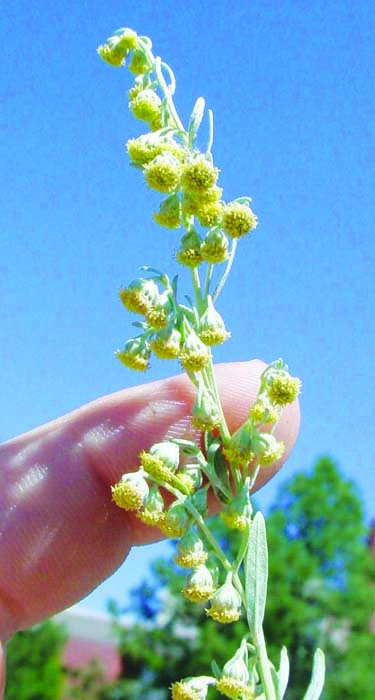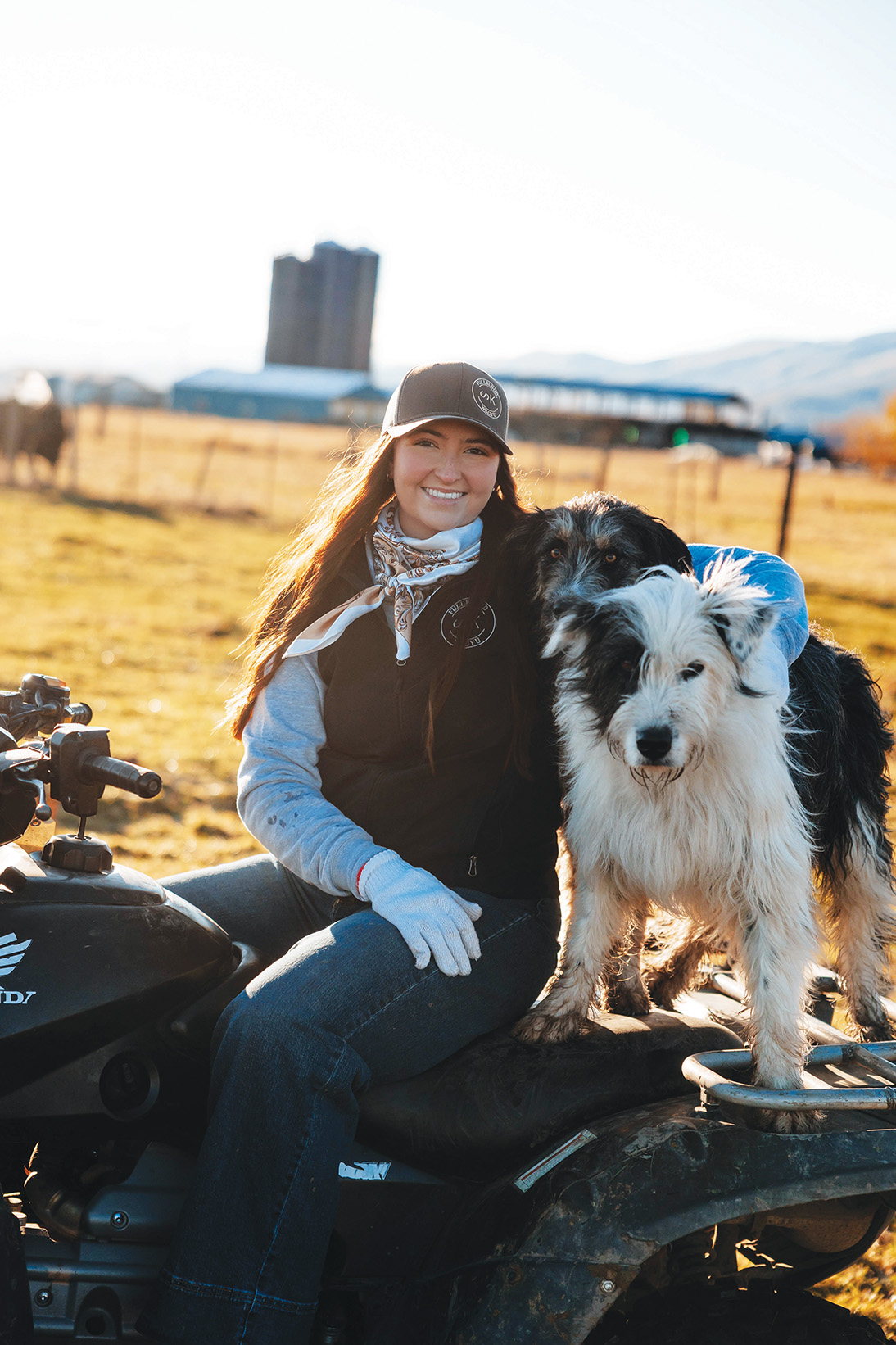Noxious weed of the week
Published 6:10 am Tuesday, June 21, 2022

- Absinth wormwood is a prolific seed producer and can quickly spread.
The enemy
Absinth wormwood (Artemisia absinthium L.)
This escaped ornamental has the distinct look and smell of sagebrush and has been found to invade pastures, roadsides, forest roads and trails, and any other place that has been disturbed. It was originally brought in for its sage-flavored oil for making absinth and vermouth and antiseptic ointments. It is a perennial plant that produces 8 to 15 erect stems which grow in tight bunches. Each stem produces loosely lobed leaves, of which a group of flowers are produced at each upper leaf-node from July to mid-August. The plant leaves a woody stem once it dies off in the fall, which are normally 3 feet in height.
The attack
This plant is generally not foraged upon by animals. In fact, the plant has been known to taint the milk of dairy livestock. Once established it spreads quickly throughout the pasture as it is a prolific seed producer. As it is not liked by the livestock nor wildlife, the clumps get larger each year and take out valuable nutrients and water which benefit the desired plants.
Trending
The defense
This is a plant with a taproot, which makes mechanical control effective. Make sure when digging up the plants with a shovel that you get at least 3 to 4 inches under the ground to get the growth point of the plant out of the ground. Once the problem gets too big for a shovel there are numerous herbicides available. Product choice can depend upon other weeds in the pasture to get the best bang for the buck. I like Opensight, Milestone, Banvel, or Tordon 22K applied in spring or when the plants are budding in late June/early July. Identification is key so if it looks different please contact your local weed control authorities to help out.









